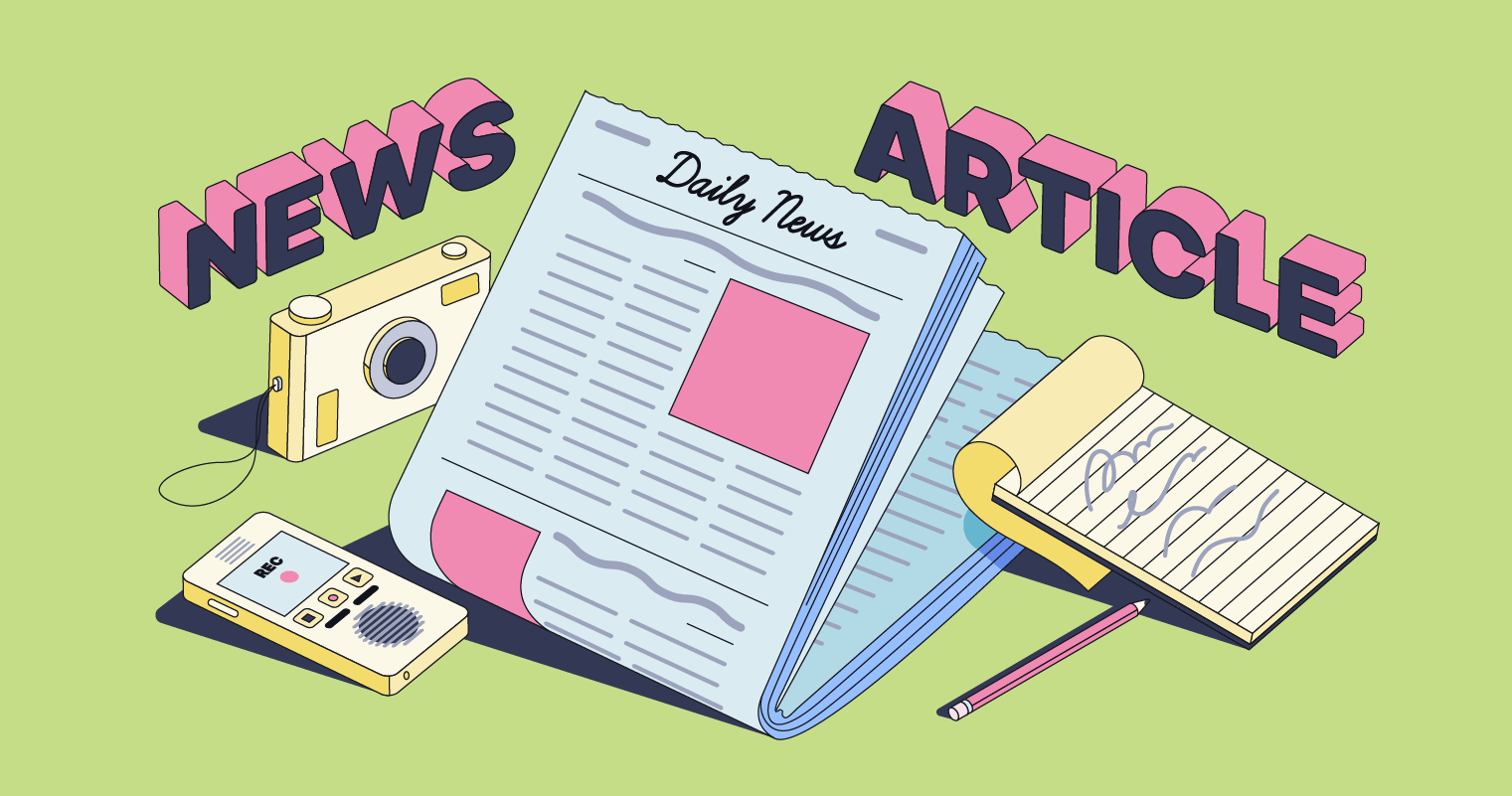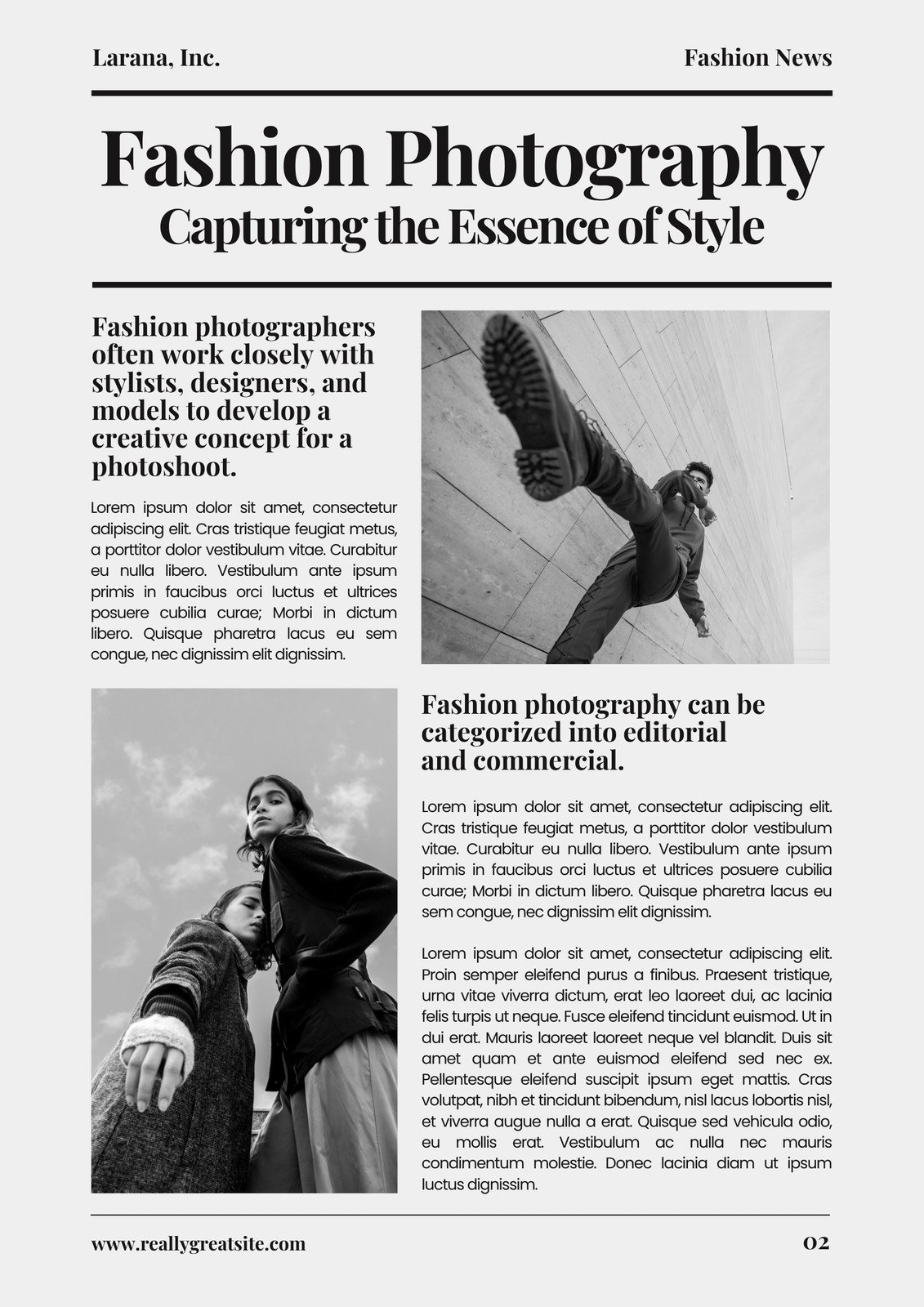The smart Trick of News Articles That Nobody is Discussing
Table of ContentsThe Basic Principles Of News Articles The Ultimate Guide To News ArticlesNews Articles - The FactsSome Known Details About News Articles News Articles for Dummies
Excellent expertise of different topics gives pupils an one-upmanship over their peers. Despite the fact that electronic and social media are conveniently available, we must not forget how essential it is to review the papers. Moms and dads should attempt and inculcate the behavior of checking out a paper as a daily regimen to proceed the tradition of the revered print tool.News stories additionally have at the very least among the following essential features relative to the designated target market: closeness, importance, timeliness, human rate of interest, strangeness, or consequence. The associated term journalese is occasionally made use of, typically pejoratively, to refer to news-style writing. An additional is headlinese. Newspapers typically stick to an expository writing design.
Within these limitations, news stories also intend to be thorough. Among the bigger and much more respected papers, justness and balance is a major aspect in presenting info.
Newspapers with a worldwide audience, for instance, have a tendency to utilize a more official design of composing. The details options made by a news outlet's editor or content board are commonly accumulated in a design guide; usual style guides consist of the and the United States Information Style Publication. The major goals of information writing can be summarized by the ABCs of journalism: accuracy, brevity, and quality.
Examine This Report on News Articles
As a regulation, journalists will not make use of a lengthy word when a short one will certainly do. Information writers attempt to prevent utilizing the same word a lot more than as soon as in a paragraph (often called an "resemble" or "word mirror").
Nevertheless, headlines occasionally omit the subject (e.g., "Leaps From Boat, Catches in Wheel") or verb (e.g., "Pet cat female fortunate"). A subhead (also subhed, sub-headline, subheading, caption, deck or dek) can be either a subservient title under the main heading, or the heading of a subsection of the article. It is a heading that precedes the main message, or a team of paragraphs of the major text.

of an article topic, source, or interviewee), it is described as a pulled quote or draw quote. Added billboards of any one of these types may appear later on in the article (especially on succeeding web pages) to lure additional reading. Journalistic websites often make use of animation techniques to switch one signboard for an additional (e.g.
What Does News Articles Do?
Such signboards are additionally used as guidelines to the post in various other areas of the publication or website, or as ads for the item in other magazine or websites. Press release of the Swiss federal government. Typical structure with title, lead paragraph (recap in bold), other paragraphs (details) and call info.

Instance of a hard-lead paragraph NASA is recommending an additional room project. The agency's budget demand, revealed today, consisted of a straight from the source plan to send out an additional goal to the Moon. This time the firm wants to establish a lasting center as a jumping-off point for other space experiences. The budget demands around $10 billion for the project.
The NASA statement came as the company requested $10 billion of appropriations for the task. An "off-lead" is the second crucial front web page news of the day. The off-lead appears either in the top left edge, or directly below the lead on the right. To "hide the lead" is to begin the article with background info or details of secondary relevance to the viewers, forcing them to find out more deeply right into an article than they must need to in order to uncover the vital points.
The Of News Articles
Common usage is that or 2 sentences each develop their own paragraph. Reporters usually describe the organization or framework of a newspaper article as an upside down pyramid. The essential and most intriguing aspects of a story are placed at the start, with supporting info adhering to in order of decreasing importance.
It allows people to explore a subject to just the deepness that their inquisitiveness takes them, and without the imposition of information or subtleties that they could think about irrelevant, but still making that details offered to extra interested viewers. The upside down pyramid framework additionally makes it possible for write-ups to be trimmed to any arbitrary length during format, to fit in the room offered.
Some writers begin their stories with the "1-2-3 lead", yet there are numerous kinds of lead available. A kicker can refer to multiple points: The last story in the information broadcast; a "happy" tale to finish the program.
Longer articles, such as publication cover short articles and the pieces that lead the within sections of a newspaper, are called. Attribute tales vary from straight news in a number of ways. Foremost is the lack of a straight-news lead, the majority of the time. As opposed to supplying right here the essence of a story up front, feature writers may attempt to draw viewers in.
About News Articles
The journalist usually information communications with meeting subjects, making the item a lot more personal. A feature's initial paragraphs usually relate an appealing minute or occasion, as in an "unscientific lead". From the particulars of an individual or episode, its sight swiftly expands to generalities about see here now the tale's subject. The area that signals what a function is about is called the or signboard.

The Editor's Toolbox: A Referral Overview for Beginners and Professionals (2001) Allan M. Siegal and William G. Connolly. The New York City Times Manual of Design and Usage: The Official Design Guide Utilized by the Writers and Editors of the World's A lot of Authoritative Paper (2002) M. L. Stein, Susan Paterno, and R.